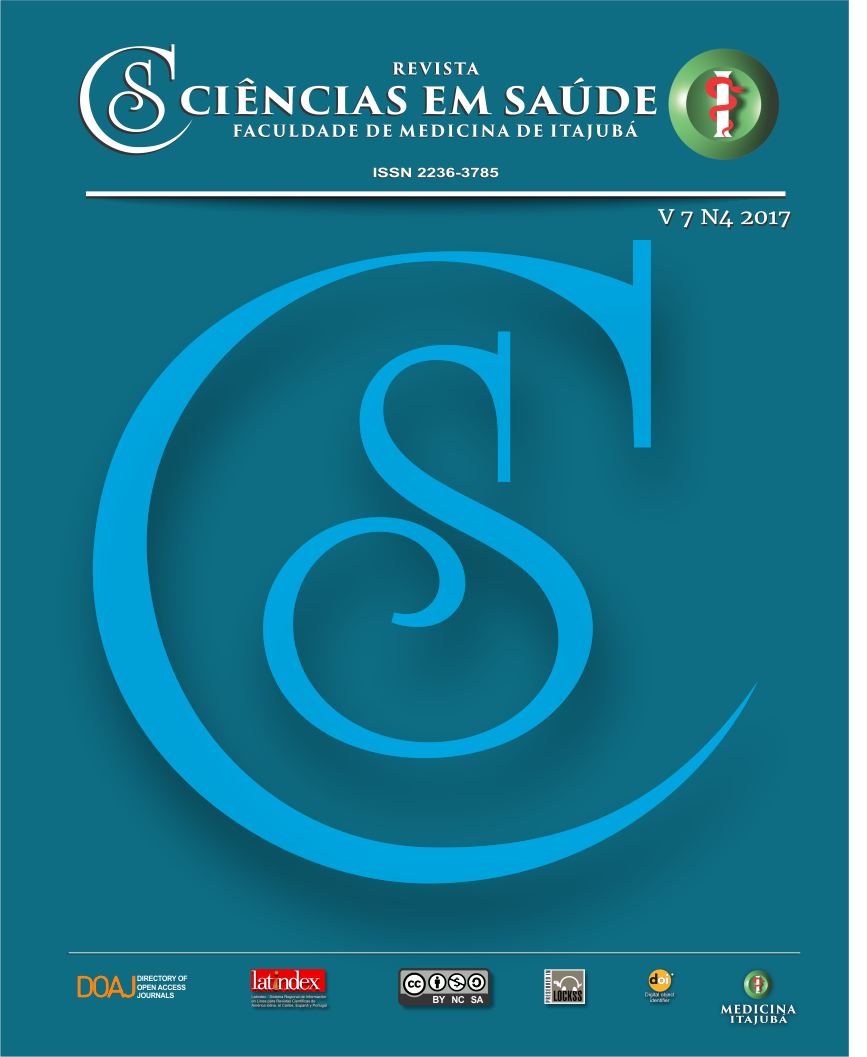Análise quantitativa da flexibilidade da coluna vertebral em homens e mulheres sedentários e ativos / Quantitative analysis of spinal flexibility in sedentary and active men and women
Main Article Content
Abstract
Introdução: A flexibilidade contribui para a prevenção de lesões, alterações posturais, dor lombar e auxilia a melhora da performance muscular durante a prática de atividades físicas. Objetivos: Avaliar a flexibilidade global e da coluna vertebral em homens e mulheres sedentários e ativos, bem como correlacionar os achados de acordo com o Índice de Massa Corporal (IMC) e a prática de atividade física. Métodos: A amostra foi composta por 60 indivíduos (21 homens e 39 mulheres), divididos em grupos ativos e sedentários. Foram colhidas medidas antropométricas, prática de atividade física, Teste de Sentar e Alcançar, Índice de Stibor, Índice de Schöber, Índice de Schöber Modificado e Teste do 3° dedo no solo. Resultados: Houve predominância de melhor flexibilidade no grupo de homens ativos. As mulheres ativas tiveram maior IMC (25,3 kg/m2) e maiores Índices de flexibilidade em relação ao grupo das mulheres sedentárias, cujo IMC era 22,6 kg/m2. Entretanto, não houve diferença estatística na análise entre os grupos. Conclusão: Praticantes de atividade física, principalmente os do sexo masculino, apresentaram maiores níveis de flexibilidade.
Palavras-Chave: Atividade física; Fisioterapia; Flexibilidade; Índice de massa corporal
Introduction: Flexibility contributes to prevention of injuries, postural changes and low back pain, and improves muscle performance during physical activity. Aims: To evaluate overall and spinal flexibility in sedentary and active men and women and to correlate the findings according to body mass index (BMI) and the practice of physical activity. Methods: The sample consisted of 60 individuals (21 men and 39 women), divided into active and sedentary groups. Anthropometric measurements, physical activity practice, Sit and Attendance test, Stibor Index, Schöber Index, Modified Schöber Index and 3rd finger test in the soil were collected. Results: There was a predominance of better flexibility in the group of active men. Active women had higher BMI (25.3 kg/m2) and higher flexibility indexes compared to healthy women, whose BMI was 22.6 kg/m2. Conclusion: Physical activity practitioners, mainly of male gender, presented higher levels of flexibility.
Keywords: Physical activity; Physiotherapy; Flexibility; Body mass index
Article Details
Authors maintain copyright and grant the HSJ the right to first publication. From 2024, the publications wiil be licensed under Attribution 4.0 International 
 , allowing their sharing, recognizing the authorship and initial publication in this journal.
, allowing their sharing, recognizing the authorship and initial publication in this journal.
Authors are authorized to assume additional contracts separately for the non-exclusive distribution of the version of the work published in this journal (e.g., publishing in an institutional repository or as a book chapter), with acknowledgment of authorship and initial publication in this journal.
Authors are encouraged to publish and distribute their work online (e.g., in institutional repositories or on their personal page) at any point after the editorial process.
Also, the AUTHOR is informed and consents that the HSJ can incorporate his article into existing or future scientific databases and indexers, under the conditions defined by the latter at all times, which will involve, at least, the possibility that the holders of these databases can perform the following actions on the article.
